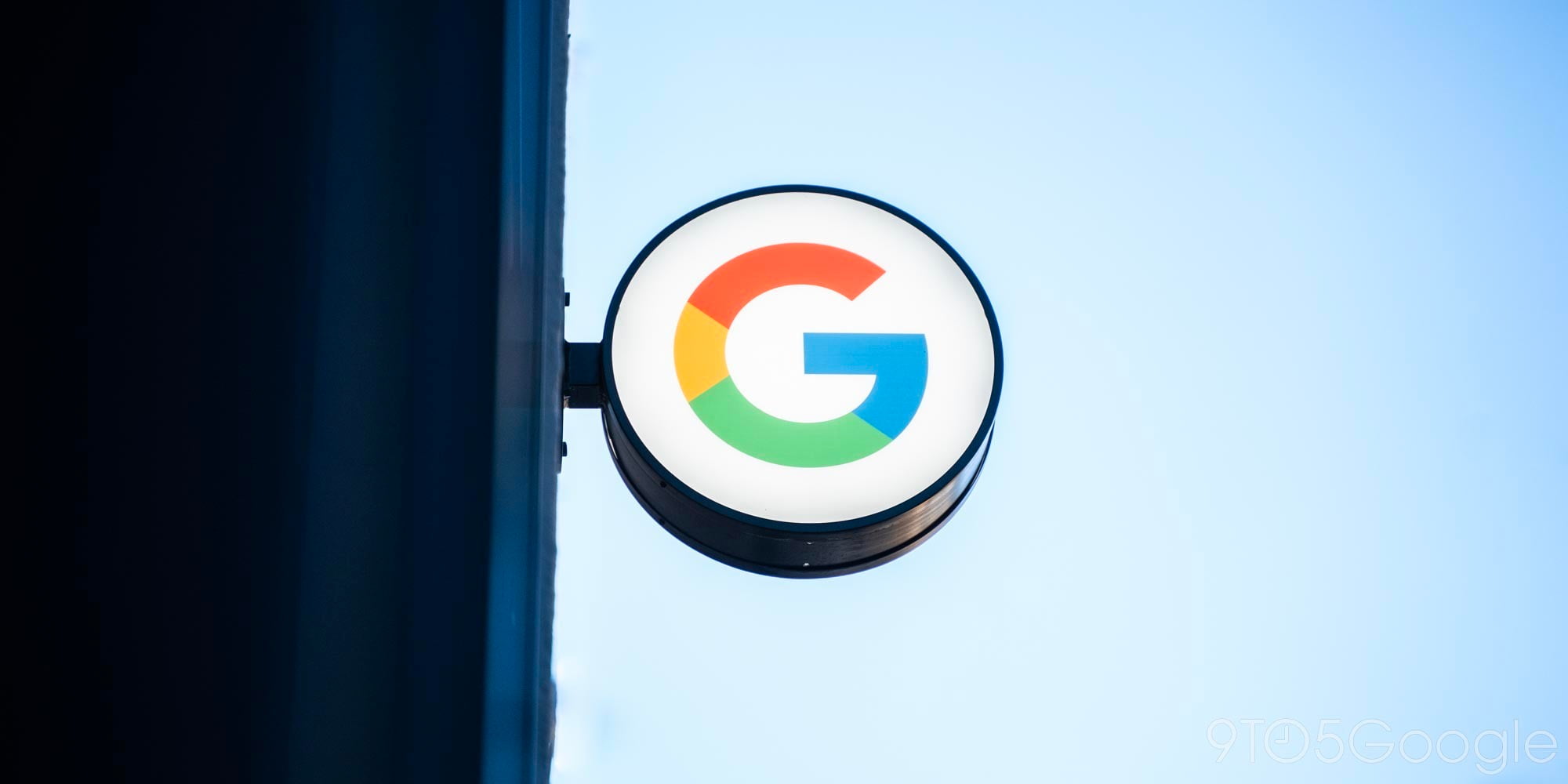
Old computers can be repurposed as media streamers pretty easily, but the interface of Windows or Linux isn’t exactly ideal for surfing for content from your sofa. Now, developers have successfully ported Google’s Android TV platform over to x86-based machines.
As highlighted by the folks over at XDA, Android TV x86 delivers the interface we’ve come to know and love on devices such as the Nvidia Shield TV, but enables it to work on devices that use processors from Intel and AMD. Normally, Android TV only works on devices using ARM-based chips such as those from Qualcomm and MediaTek.
This initial Android TV x86 built is based on Android 9 Pie and works on almost any device using an x86 system as long as it meets a few requirements. Those include:
- 1.2GHz dual-core 64-bit processor
- GPU with at least 64MB of video memory
For the most part, any old PC or laptop you have lying around should meet those qualifications. Even cheap Windows media sticks will get the job done there.
As this is an unofficial port, though, it comes with a couple of known issues. Some users will notice a “Detecting Android TV” message gets stuck on non-EXT4 partition. Chromecast built-in also doesn’t work without DRM support, and Netflix is broken except on the mobile version. This build also lacks Widevine L1 certification, so services such as Netflix won’t stream in HD.
More on Android TV:
- This Android TV dongle is based on Google’s ADT-3, costs $50 w/ Netflix, Prime Video
- Hands-on: T-Mobile’s Android TV dongle is great for TVision, but there’s no other reason to buy
- Anker’s latest ‘Solar’ Android TV-powered 1080p projectors start at $519
FTC: We use income earning auto affiliate links. More.



Comments